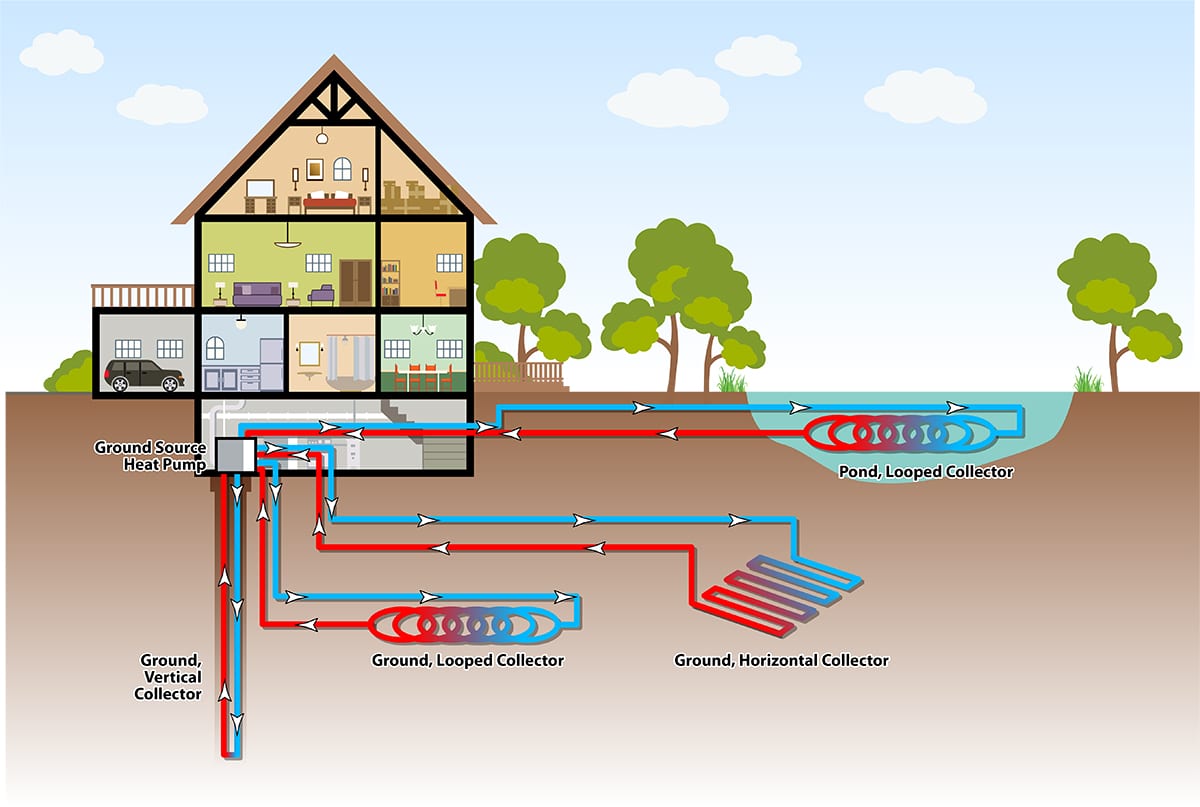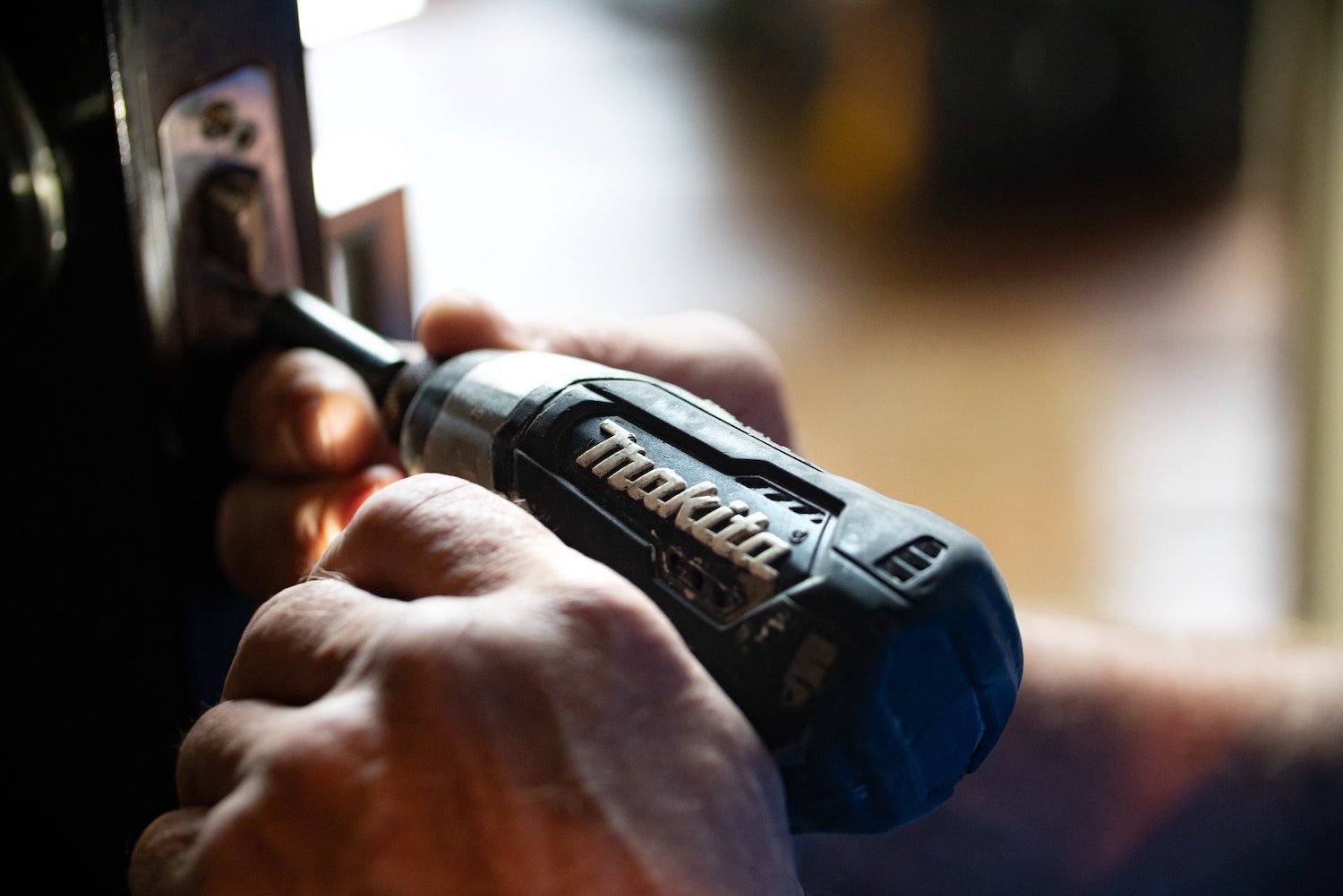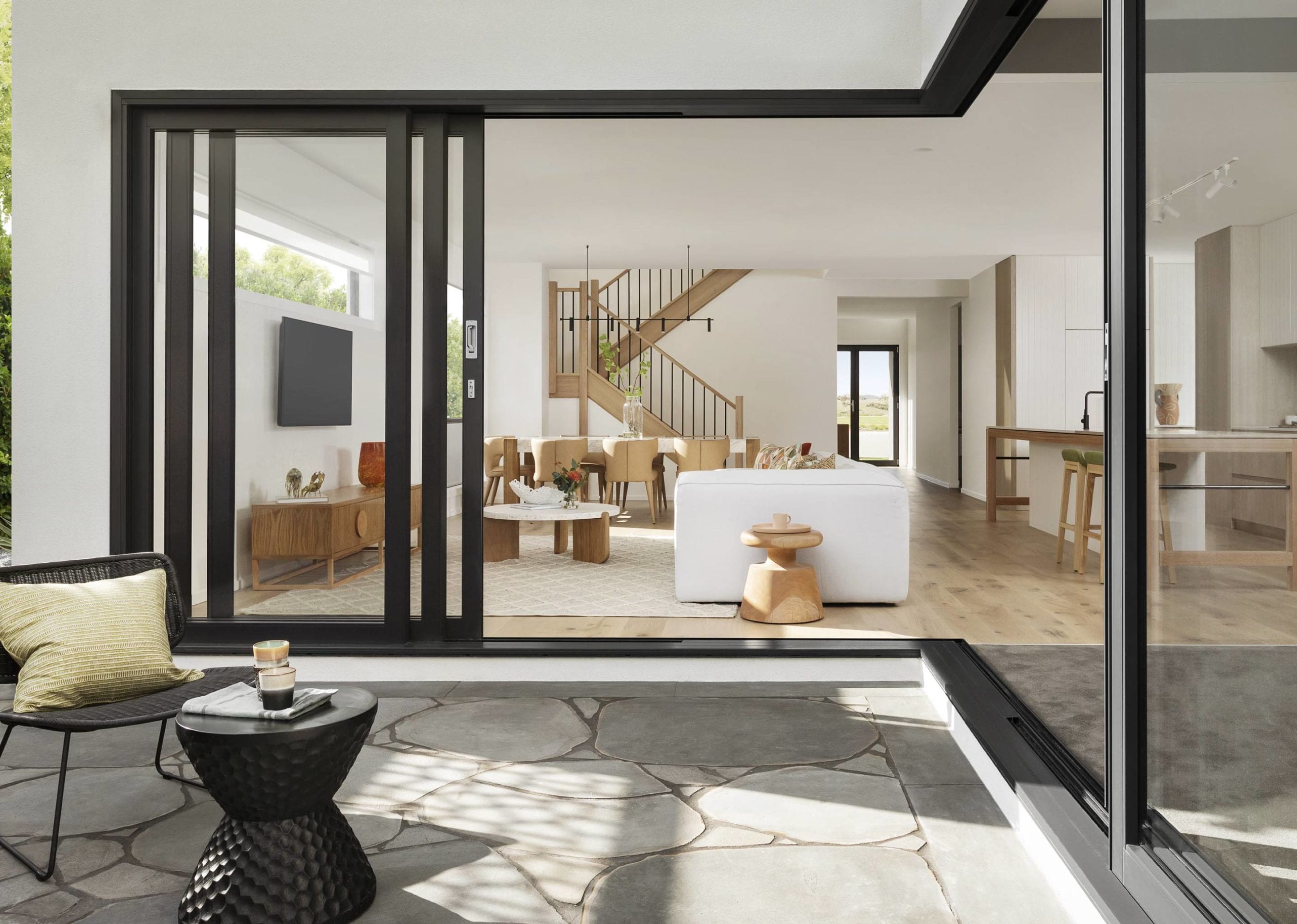Apr 29, 2021 / Blog
Geothermal Systems

In the last decade, there has been an increased focus on reducing our carbon footprint and reducing energy emissions. As such, Geothermal heating and cooling systems are growing in popularity with homeowners as an alternative to traditional HVAC systems. Geothermal systems have a history longer than most realize. In 1892 the first district heating system was developed from hot springs in Boise, Idaho, and eventually heated 200 homes and 40 businesses. Advances in technology have made geothermal heating and cooling systems commercially viable and suitable for residential applications.
Geothermal systems for heating and cooling use Ground Source Heat Pumps to exchange heat with the ground. Counting on the fact that ground temperatures consistently range between 7 to 24 degrees Celsius the ground can be used as a heat source or a heat sink. Once installed in a home, geothermal systems can save 20-60% on utility bills and offer a relatively short “payback period” of about 7 years. They are low maintenance and energy-efficient.
The most common type of geothermal system being used for residential purposes are “Loop Systems”. Specifically, Closed Loop Systems. Closed-Loop Systems are made up of a mesh of interconnected pipes buried in the ground. A liquid refrigerant is pushed through the “loops” by a heat pump and thus the pipes act as a heat exchanger. The most popular orientations of these loops are vertical and horizontal.
Vertical Loops are oriented in a vertical direction. Holes up to 400 feet deep are drilled in the ground and U-tubes are placed in them. Multiple U-Tubes are connected together and then connected to a pump and optional compressor. Vertical Loops are ideal for smaller lots as they require much less surface area.
Horizontal Loops are just the opposite of vertical loops. The U-Tubes are laid in shallow trenches from 1-3 meters deep and approximately 400 feet in length. These systems are less expensive to dig but require a much larger amount of surface area.
Definitely consider a geothermal system. Heating needs represent an estimated 42% of home energy consumption. Even a small geothermal system can be a cost-effective way to supplement your heating and cooling needs.
Written by:
Troy Challe of Karen Paul & Associates
Interested in learning more? Send us a message here and we’ll be in touch with you soon after.

